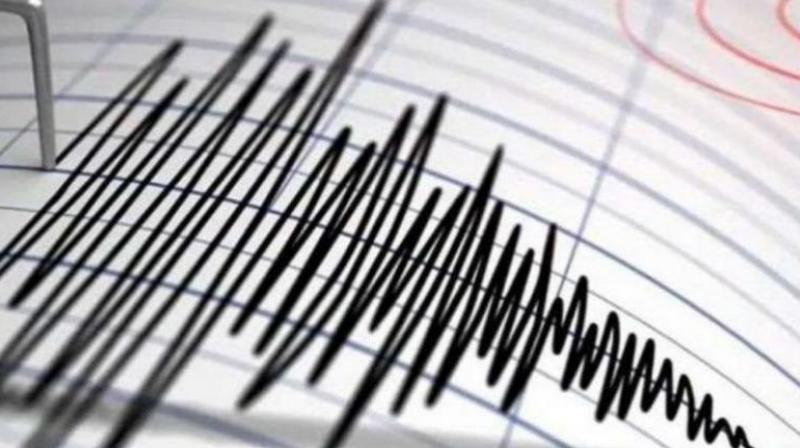
No Casualty has been reported yet
GWALIOR: Earthquake of 4.0 magnitude on the Richter scale Jolted Madhya Pradesh and Chhattisgarh on Friday (March 23). The earthquake occurred at 10.31 am. According to the National Center for Seismology, the epicenter of the earthquake was 10 km from the land, 28 km from Gwalior. Tremors were felt at 10:39 am in Chhattisgarh's Ambikapur and surrounding areas. Its epicentre was 11 km away from Surajpur's Bhatgaon.
Earlier on Tuesday night, strong earthquake tremors were felt in many states of India. The magnitude of the earthquake on the Richter scale was 6.6. The impact of the earthquake was felt across northern India including Delhi-NCR, Uttar Pradesh, Jammu and Kashmir, Himachal, Punjab, Madhya Pradesh and Uttarakhand.
The epicenter of the earthquake was the Hindu Kush region of Afghanistan. After these tremors, people came out of their homes in panic. However, it is a matter of relief that till now there has been no news of any loss of life or property from the country.
What is an Earthquake?
It can be defined as any sudden shaking of the ground caused by the passage of seismic waves through rocks on Earth. As per britannica, Seismic waves are produced when some form of energy stored in Earth’s crust is suddenly released, usually when masses of rock straining against one another suddenly fracture and slip. Earthquakes occur most often along geologic faults, narrow zones.
Major earthquakes occur frequently in belts coinciding with the margins of tectonic plates. The most important earthquake belt is the Circum-Pacific Belt, which affects many populated coastal regions around the Pacific Ocean as of New Zealand, New Guinea, Japan, the Aleutian Islands, Alaska, and the western coasts of North and South America.
Here are some earthquake safety tips.....
- Drop down on knees under any table or other solid furniture. This position protects you from falling but allows you to still move if necessary.
- Cover your head and neck and your entire body if possible underneath a sturdy table or desk. If there is no shelter nearby, get down near an interior wall and cover your head and neck with your arms and hands.
- Hold on to your head and neckuntil the shaking stops. Be prepared to move with your shelter if the shaking became intense.
- Within the few seconds of earthquake, quickly move away from glass, high shelves, hanging objects, light fixtures, bookcases, bricks, cabinets, almirahs or other large furniture that is expected to fall on you.
- If you are inside a crowded place, do not panic or rush for the doorways. Move away from display shelves containing objects that may fall. Take cover if possible and grab something to shield your head and face.













